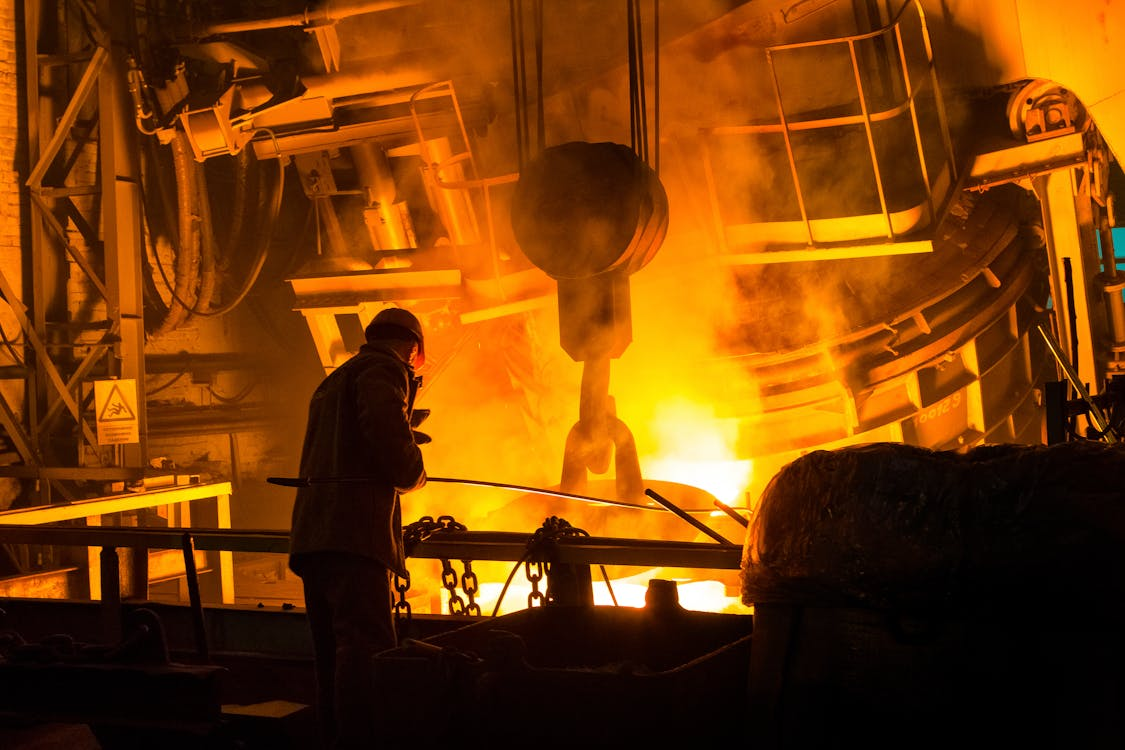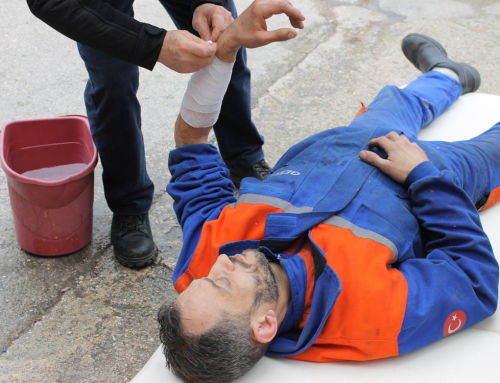As the summer months approach, temperatures begin to soar, bringing both the joys of outdoor activities and the risks associated with extreme heat. For those who work outdoors or in environments without adequate cooling, summer can present a serious threat to health and safety. One of the most common dangers is heat exhaustion, a condition that, if not addressed promptly, can lead to more severe health issues such as heatstroke. Understanding the causes, recognizing the symptoms, and implementing preventive measures are crucial for staying safe during hot weather work conditions.
In this blog, we will explore the causes of heat exhaustion, offer practical tips for preventing it, and discuss the importance of first aid training courses, such as those offered by Metro Safety Training in Vancouver and Surrey, for ensuring workplace safety.
The Causes of Heat Exhaustion:
Heat exhaustion occurs when the body is unable to cool itself effectively, leading to an increase in core temperature. This condition is primarily caused by prolonged exposure to high temperatures, especially when combined with physical activity. The body relies on sweating to cool down, but in extreme heat, especially when the humidity is high, sweat does not evaporate as effectively, preventing the body from cooling off.
Several factors contribute to the risk of developing heat exhaustion:
High Ambient Temperature: Prolonged exposure to high temperatures, particularly above 32°C (90°F), significantly increases the risk of heat exhaustion. When working in such conditions, the body struggles to dissipate heat, leading to an increased core temperature.
Physical Exertion: Engaging in strenuous physical activities, such as lifting heavy objects, running, or any work that demands physical effort, exacerbates the body’s heat production, making it harder to cool down.
Dehydration: Lack of adequate hydration impairs the body’s ability to sweat, leading to an accumulation of heat. Dehydration can be caused by insufficient fluid intake, excessive sweating, or a combination of both.
Inadequate Acclimatization: Workers who are not accustomed to hot weather conditions are more susceptible to heat exhaustion. Acclimatization allows the body to adapt to higher temperatures gradually, improving its ability to regulate heat.
Inappropriate Clothing: Wearing heavy, dark, or non-breathable clothing can trap heat and reduce the effectiveness of sweat in cooling the body. This is particularly concerning in work environments where protective gear is necessary.
Health Conditions: Certain medical conditions, such as heart disease, diabetes, or obesity, can increase the risk of heat exhaustion. Medications that affect the body’s ability to regulate temperature or fluid balance can also contribute to the condition.
Recognizing the Symptoms of Heat Exhaustion:
Early recognition of heat exhaustion is vital for preventing it from progressing to heatstroke, a life-threatening condition. Symptoms of heat exhaustion can develop rapidly and may include:
Heavy sweating: Profuse sweating is one of the body’s primary mechanisms for cooling down, but excessive sweating can lead to dehydration, exacerbating heat exhaustion.
Paleness: The skin may appear pale and clammy due to reduced blood flow as the body diverts circulation to vital organs in an effort to cool them.
Muscle cramps: Dehydration and electrolyte imbalances caused by excessive sweating can lead to painful muscle cramps, particularly in the legs and abdomen.
Fatigue: Persistent fatigue, weakness, or dizziness may occur as the body struggles to regulate its core temperature.
Headache and nausea: Dehydration and overheating can cause headaches, nausea, and even vomiting.
Rapid heartbeat: The heart works harder to pump blood to the skin for cooling, leading to an increased heart rate.
Fainting: In severe cases, fainting or collapse may occur, signaling a critical need for intervention.
If any of these symptoms are observed, it is crucial to take immediate action to cool down the affected individual and provide hydration. In such situations, knowledge gained from advanced first aid courses can be invaluable in administering the correct care and preventing further complications.
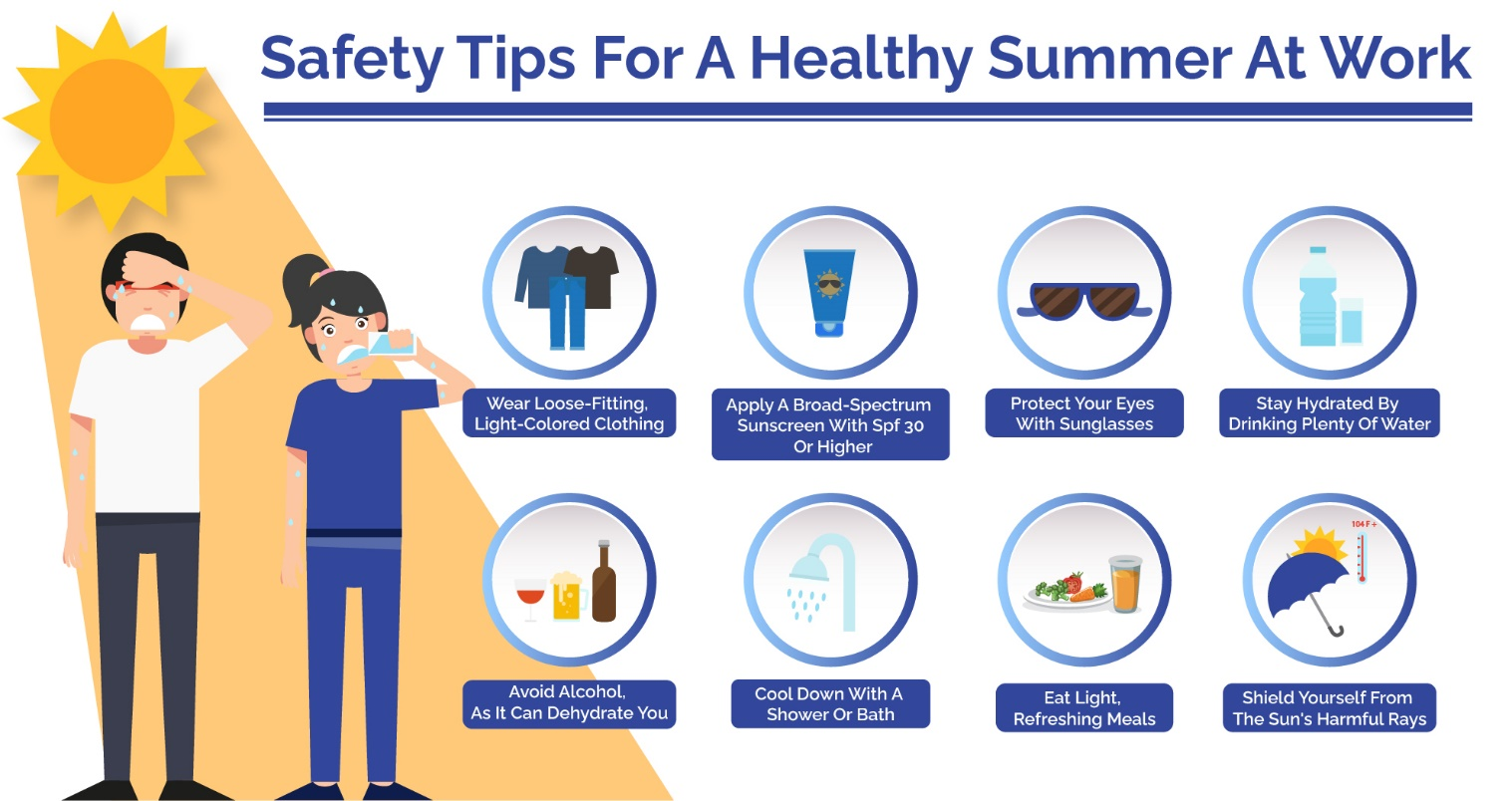
Implementing safety tips like staying hydrated and taking regular breaks can prevent heat exhaustion during summer work.
Prevention Strategies for Heat Exhaustion:
Preventing heat exhaustion requires a combination of proactive measures and awareness of environmental and physical conditions. Here are some effective strategies for staying safe during summer work:
Stay Hydrated:
Hydration is the cornerstone of preventing heat exhaustion. Workers should drink plenty of fluids throughout the day, even if they do not feel thirsty. Water is the best option, but sports drinks that replenish electrolytes can also be beneficial, especially during prolonged physical activity.
Schedule Breaks in the Shade:
Regular breaks in a cool, shaded area can help the body recover from heat exposure. Employers should ensure that workers have access to shaded rest areas and encourage them to take frequent breaks to avoid overheating.
Dress Appropriately:
Wearing lightweight, light-colored, and breathable clothing can help the body regulate temperature more effectively. Workers should also consider wearing a wide-brimmed hat and sunglasses to protect themselves from direct sunlight.
Implement Heat Stress Management Programs:
Employers can create and enforce heat stress management programs that include education on recognizing the signs of heat exhaustion, training in first aid, and the implementation of safety protocols for hot weather work. Fall protection training and confined space training can also be integrated into these programs to address specific workplace hazards related to heat exposure.
Use Cooling Measures:
When working in extreme heat, cooling measures such as cooling vests, fans, and misting systems can be used to reduce body temperature. Workers can also use damp cloths or take cool showers during breaks to lower their core temperature.
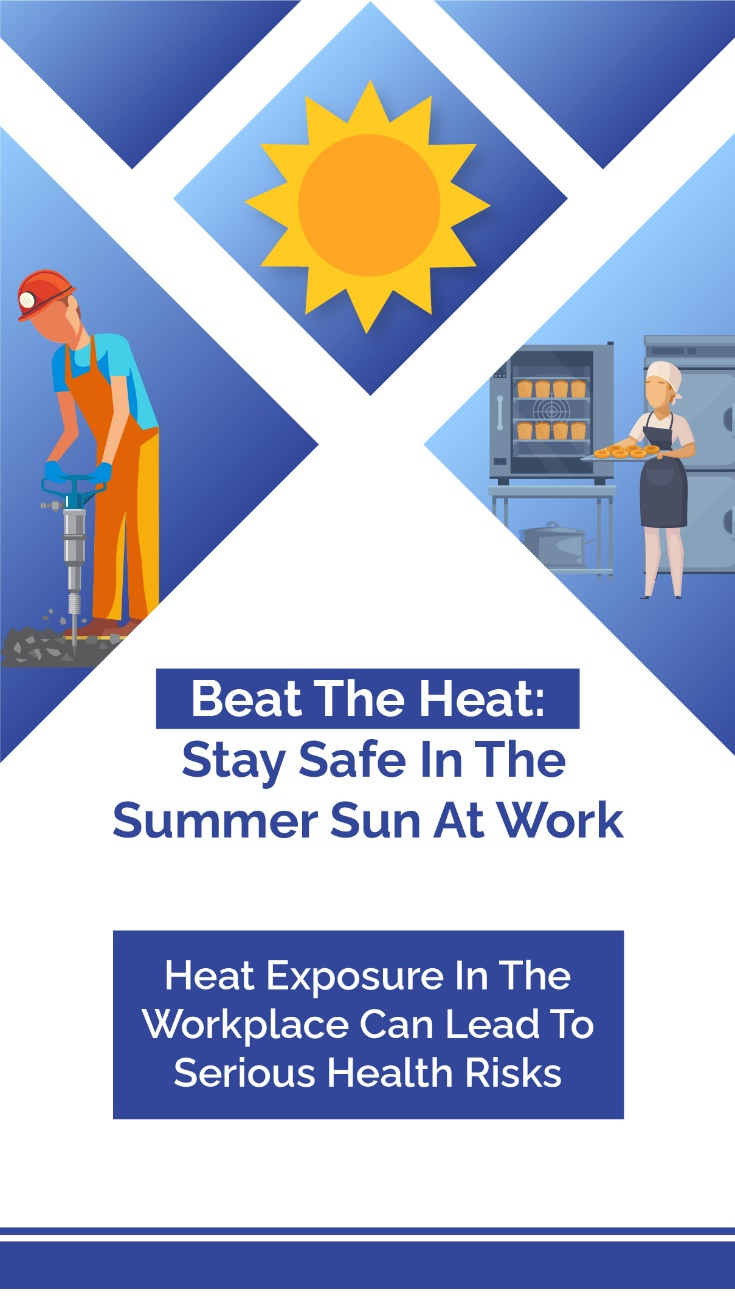
Prolonged exposure to extreme heat is crucial for safety.
The Importance of First Aid Training:
While prevention is the best strategy, it is equally important to be prepared to respond effectively if heat exhaustion occurs. First aid training courses equip workers and employers with the skills needed to recognize and treat heat exhaustion before it escalates into a more serious condition.
Basic first aid training covers essential skills such as recognizing the symptoms of heat exhaustion and providing immediate care, including hydration and cooling measures. Intermediate first aid courses delve deeper into the treatment of heat-related illnesses, offering more comprehensive training on managing these conditions. Advanced first aid courses provide in-depth knowledge of medical interventions that may be required in severe cases of heat exhaustion or heatstroke.
Having employees trained in first aid can significantly reduce the risks associated with working in hot conditions, ensuring that they are not only able to care for themselves but also assist their colleagues in an emergency. Additionally, fall protection training and confined space training are critical components of workplace safety, particularly in environments where heat stress may be compounded by other physical hazards.
Taking Action with Metro Safety Training:
As summer approaches and temperatures rise, it is essential to be proactive in protecting yourself and your workforce from the dangers of heat exhaustion. Implementing the preventive strategies outlined in this blog can help mitigate the risks, but ensuring that you and your team are equipped with the knowledge and skills to respond effectively is equally important.
Metro Safety Training, a leading provider of safety training in Vancouver and Surrey, offers a range of courses designed to enhance workplace safety. Whether you need basic first aid training or advanced first aid courses, Metro Safety Training has you covered. Their comprehensive training programs, including fall protection training and confined space training, ensure that your team is prepared to handle a variety of workplace hazards, including those related to heat stress.
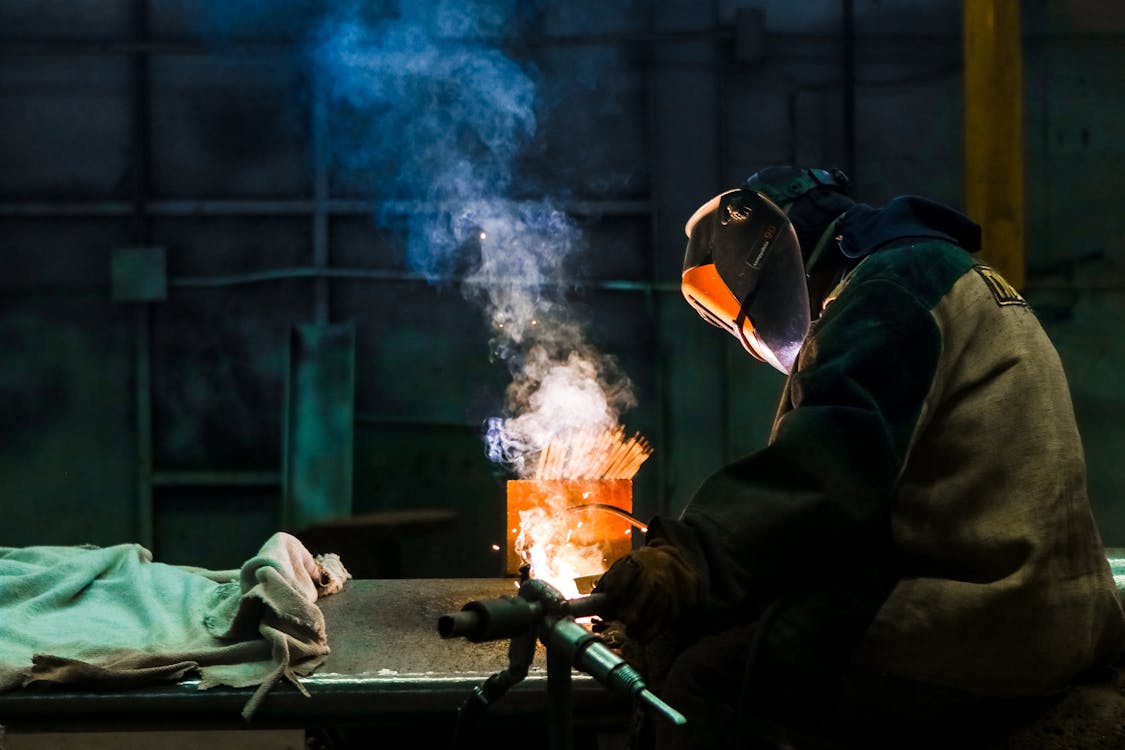
Wearing appropriate PPE is vital for preventing heat stress when working with high-temperature materials.
Heat exhaustion is a serious and potentially life-threatening condition that can be prevented with the right knowledge and precautions. By staying hydrated, taking regular breaks, wearing appropriate clothing, and being aware of the symptoms of heat exhaustion, workers can reduce their risk and stay safe during the summer months. Moreover, ensuring that your team is trained in first aid through courses like those offered by Metro Safety Training can make all the difference in responding to heat-related emergencies effectively. Stay safe, stay informed, and make heat stress prevention a priority in your workplace.
Protect your employees, boost productivity, and ensure a safe work environment. Contact us today for a free consultation.


